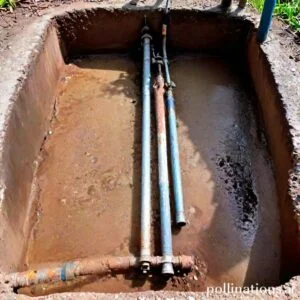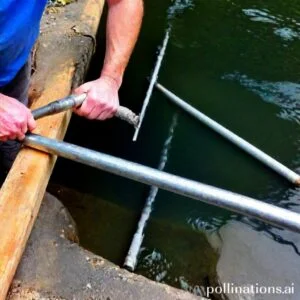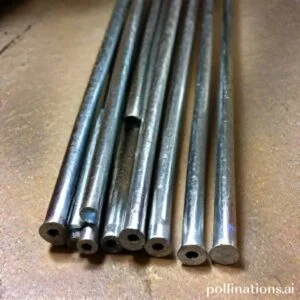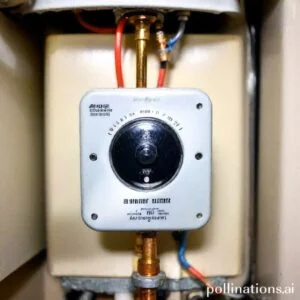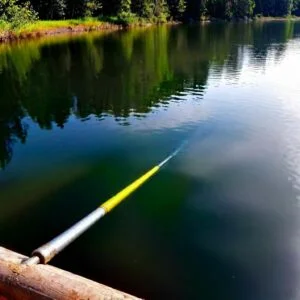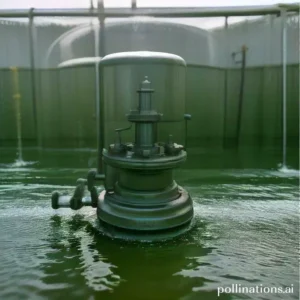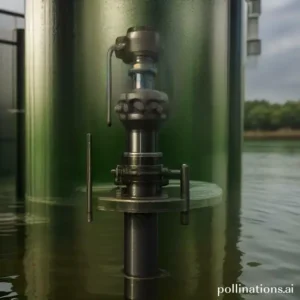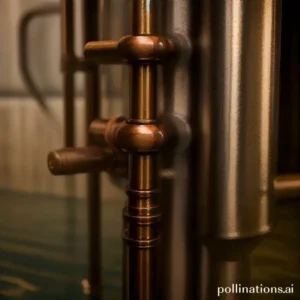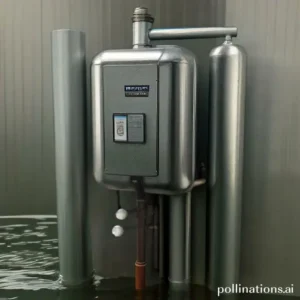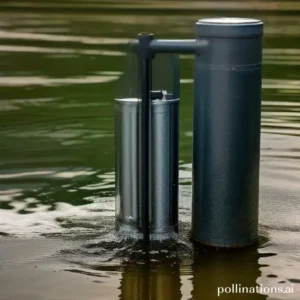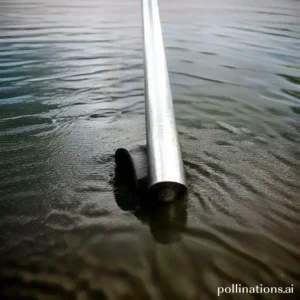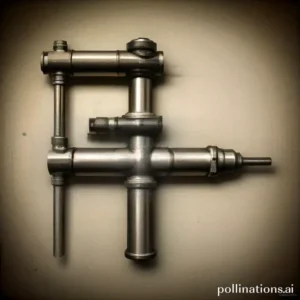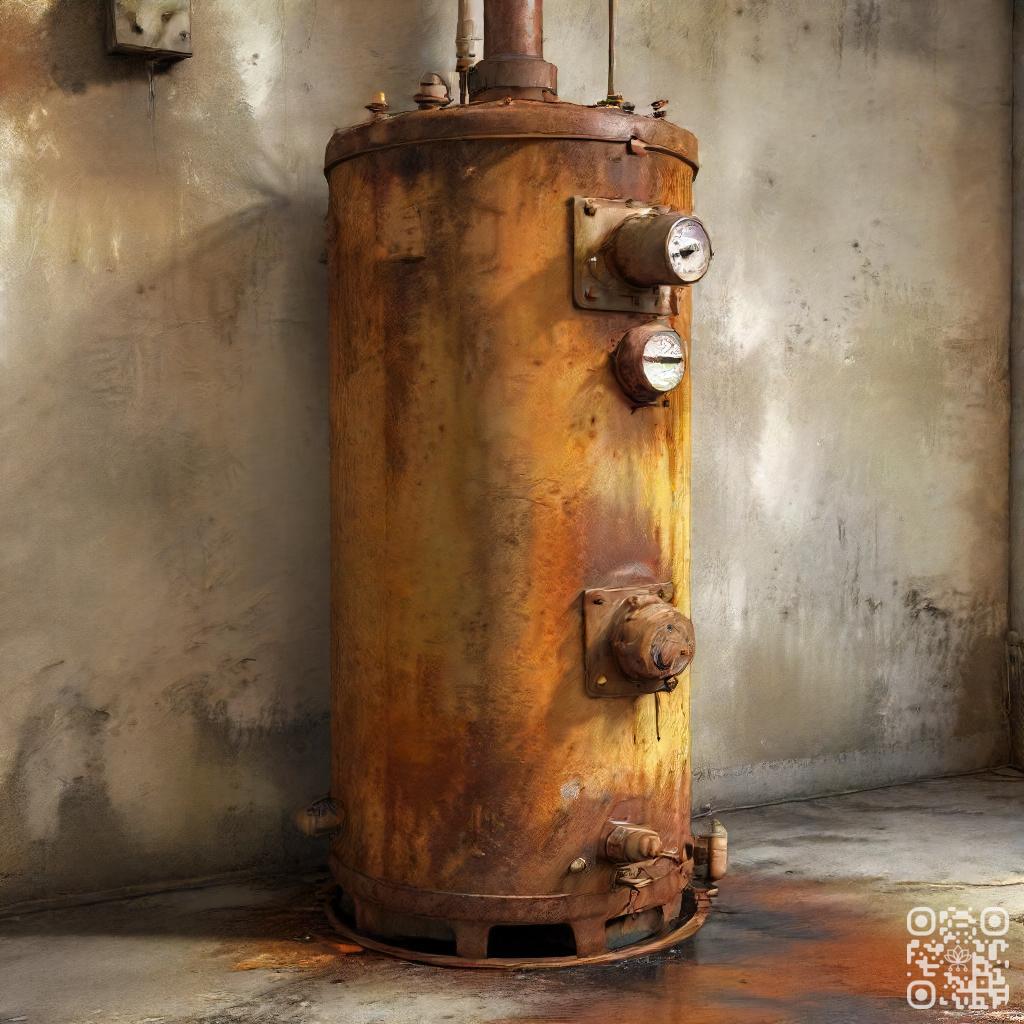
The anode rod in a water heater plays a crucial role in preventing corrosion and extending the lifespan of the tank. Nevertheless, over time, this rod can deteriorate, leading to potential issues with your water heater.
Signs of a failing anode rod include rust-colored water, a sulfur-like smell, and a decrease in hot water supply. It’s important to address these signs promptly to avoid further damage to your water heater.
Regular maintenance and timely replacement of the anode rod can help ensure the longevity and efficiency of your water heater.
What is an Anode Rod?
Anode rods are essential components of water heaters that play a crucial role in preventing corrosion and extending the lifespan of the water heater tank. These rods are made from various materials, including magnesium, aluminum, and zinc.
1. How Anode Rods Work
When a water heater is filled with water, an electrochemical reaction takes place between the anode rod and the water. The anode rod sacrifices itself by corroding instead of the water heater tank. This process is known as cathodic protection and helps prevent the tank from rusting and corroding.
2. Signs of a Failing Anode Rod
Fundamental to be able to identify when an anode rod is failing to ensure the continued protection of your water heater. Some common signs of a failing anode rod include rust-colored water, a foul odor, and a metallic taste in the water. These signs indicate that the anode rod is no longer effectively corroding and needs to be replaced.
3. Replacing an Anode Rod
To replace an anode rod, follow these step-by-step instructions:
- Turn off the power supply to the water heater.
- Shut off the water supply to the water heater.
- Drain the water heater tank.
- Locate the anode rod on the top of the water heater.
- Using the appropriate tools, loosen and remove the old anode rod.
- Insert the new anode rod into the water heater and tighten it securely.
- Turn on the water supply and fill the tank.
- Open a hot water faucet to release any air from the system.
- Turn on the power supply to the water heater.
Vital to take proper safety precautions when replacing an anode rod, such as wearing protective gloves and eyewear. Regularly replacing the anode rod will ensure the continued protection of your water heater and extend its lifespan.
| Material | Advantages | Disadvantages |
|---|---|---|
| Magnesium | Highly effective in corrosion prevention | May cause a slight odor in the water |
| Aluminum | Lightweight and durable | Less effective than magnesium or zinc |
| Zinc | Provides long-lasting protection | Not as common as magnesium or aluminum |
How Anode Rods Work
Anode rods play a crucial role in preserving the integrity of your water heater tank and preventing corrosion. Cognizing the electrochemical reaction that occurs with anode rods is essential in maintaining the longevity of your water heater.
Exposition of the electrochemical reaction that occurs with anode rods
When anode rods are installed in a water heater, they act as sacrificial elements. This means that they are designed to corrode over time, diverting the corrosive elements away from the tank itself. Anode rods are typically made of magnesium, aluminum, or a combination of metals, all of which have a higher level of reactivity than steel.
As water is heated, it undergoes a process called electrolysis. This process involves the breakdown of water molecules into hydrogen and oxygen gas. The anode rod, due to its high reactivity, attracts the corrosive elements in the water, such as minerals and impurities, causing them to react with the rod instead of the tank. This reaction forms a protective layer of corrosion on the anode rod, shielding the tank from harm.
Importance of anode rods in protecting the water heater tank from corrosion
Anode rods are essential in preventing corrosion within the water heater tank. Without anode rods, corrosive elements present in the water would attack the steel tank directly, leading to the formation of rust and eventually compromising the structural integrity of the tank. This corrosion can result in leaks, reduced efficiency, and even the need for premature replacement of the water heater.
Regular inspection and maintenance of anode rods are crucial to ensure their effectiveness. Over time, anode rods will deteriorate and need to be replaced. Signs of a failing anode rod in a water heater include visible corrosion on the rod, a rotten egg smell in the hot water, or the presence of sediment in the tank.
Signs of a Failing Anode Rod
In the realm of your water heater, it’s important to keep an eye on the condition of the anode rod. This small but crucial component plays a vital role in preventing corrosion and extending the lifespan of your heater. Nonetheless, over time, the anode rod can deteriorate and fail. In this section, we will ponder the signs that indicate a failing anode rod, allowing you to take prompt action and prevent further damage.
1. Rust-Colored Water
One of the telltale signs of a failing anode rod is the presence of rust-colored water. As the anode rod deteriorates, it becomes less effective in attracting corrosive elements, leading to the accumulation of rust inside your water heater. If you notice discolored water flowing from your faucets, it’s a clear indication that your anode rod needs to be replaced.
2. Foul Odor
Another sign of a failing anode rod is a foul odor emanating from your water. As the rod deteriorates, bacteria can thrive in the water heater, resulting in a strong and unpleasant smell. If you detect a sulfur-like or rotten egg odor when using hot water, it’s likely that your anode rod is no longer functioning properly.
3. Metallic Taste
Have you ever noticed a metallic taste in your tap water? This can be attributed to a failing anode rod. As corrosion occurs within the water heater, small particles of metal can mix with the water supply, giving it a metallic taste. If you experience this taste when drinking or using hot water, it’s a clear indication that your anode rod needs attention.
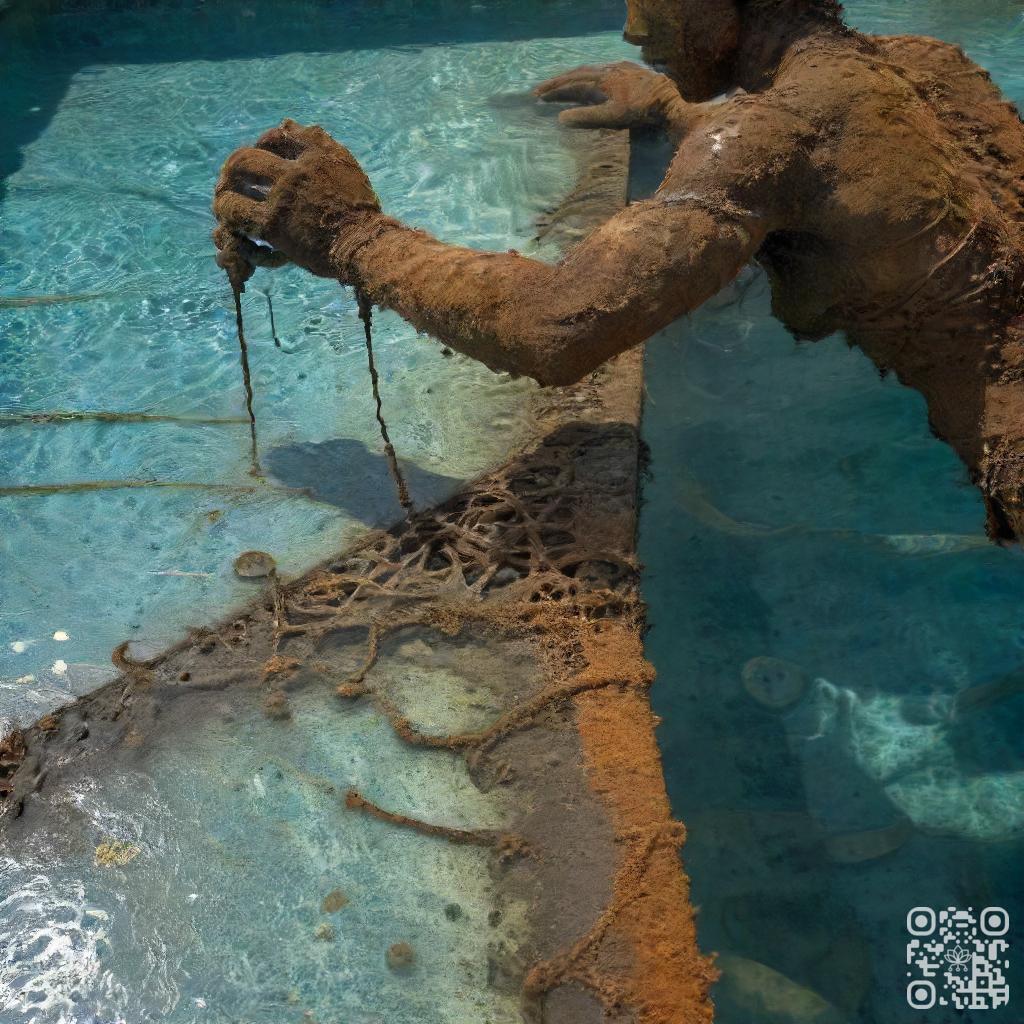
Replacing an Anode Rod
Step-by-step guide on how to replace an anode rod
Replacing an anode rod is an essential maintenance task for any water heater. The anode rod plays a crucial role in preventing corrosion and extending the lifespan of the tank. Here is a step-by-step guide on how to replace an anode rod:
- Turn off the power and water supply: Before starting the replacement process, make sure to turn off the power to the water heater and shut off the water supply.
- Drain the tank: Attach a garden hose to the drain valve at the bottom of the tank and open the valve to drain the water from the tank. Make sure to open a hot water faucet in your house to allow air into the tank and facilitate the draining process.
- Locate the anode rod: The anode rod is usually located at the top of the tank. It can be accessed by removing the hot water outlet nipple or the combination anode rod and dip tube.
- Remove the old anode rod: Use a socket wrench or a suitable tool to unscrew the old anode rod from the tank. Be careful not to damage the tank or any other components meanwhile removing the rod.
- Prepare the new anode rod: If necessary, apply Teflon tape or pipe joint compound to the threads of the new anode rod to ensure a proper seal.
- Install the new anode rod: Carefully insert the new anode rod into the tank and tighten it securely. Make sure not to overtighten, as it may damage the tank.
- Close the drain valve and refill the tank: Once the new anode rod is installed, close the drain valve and slowly turn on the water supply to refill the tank. Check for any leaks and ensure proper water flow.
- Turn on the power: After verifying that there are no leaks and the tank is filled, turn on the power to the water heater.
Tools needed and safety precautions to take
Here are the tools you will need for replacing an anode rod:
- Socket wrench or suitable tool
- Garden hose
- Teflon tape or pipe joint compound
When replacing an anode rod, imperative to take the following safety precautions:
- Turn off the power to the water heater to avoid any electrical hazards.
- Shut off the water supply to prevent water flow during the replacement process.
- Wear appropriate protective gear, such as gloves and safety goggles, to protect yourself from any potential injuries.
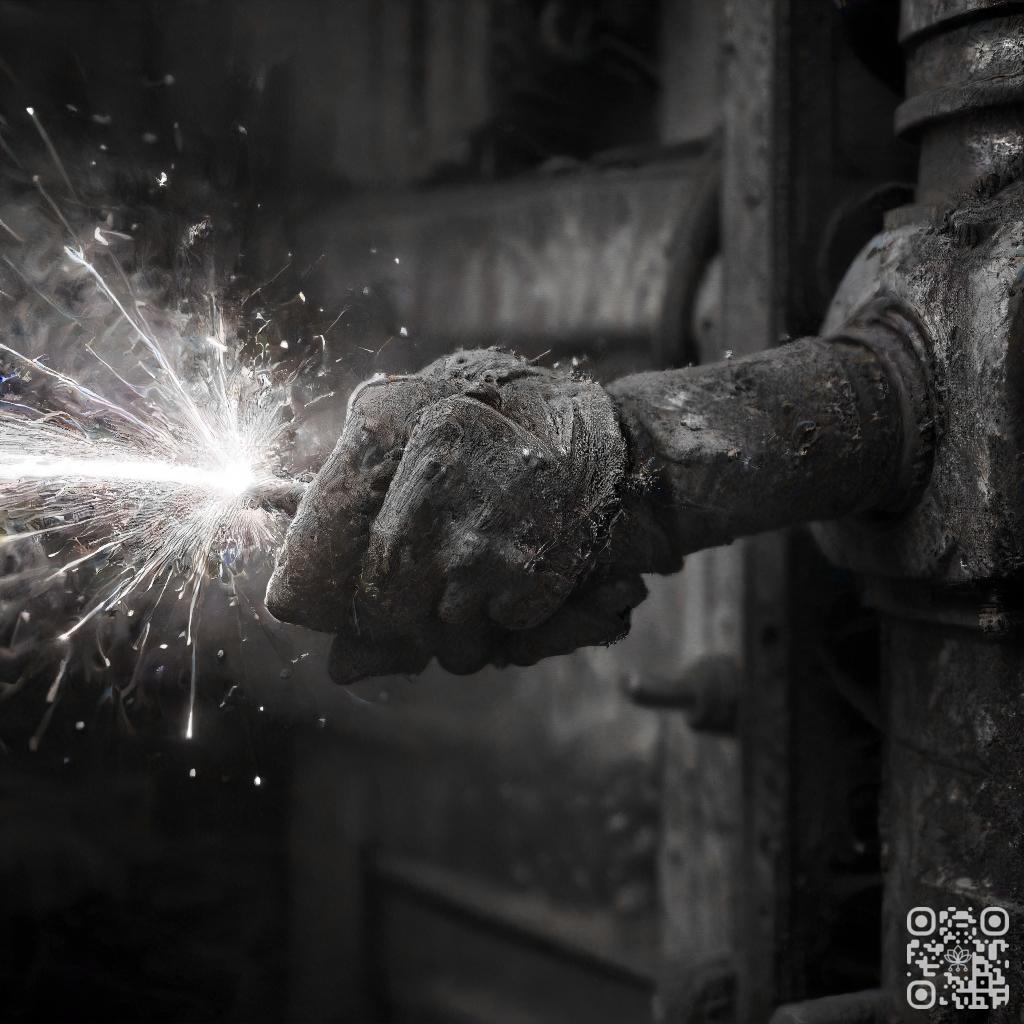
Maintenance Tips to Prolong the Life of an Anode Rod
Extend the lifespan of your anode rod with these helpful maintenance tips. Regular maintenance is key to ensuring the longevity and efficiency of your water heater.
Tips on how to extend the life of an anode rod
- Regularly flush the water heater tank to remove sediment buildup. This will prevent corrosion and prolong the life of the anode rod.
- Check the condition of the anode rod annually. If it is significantly corroded or worn out, it may need to be replaced.
- Consider installing a powered anode rod, which can provide additional protection and require less maintenance.
- Avoid using harsh chemical cleaners or additives in your water heater, as they can accelerate the deterioration of the anode rod.
DIY vs. Professional Replacement
In terms of replacing an anode rod, you have the option to do it yourself or hire a professional. Consider the following pros and cons before making a decision:
- DIY Replacement: This option is more cost-effective, as you won’t have to pay for labor. Conversely, it requires some plumbing knowledge and tools.
- Professional Replacement: Hiring a professional ensures the job is done correctly and efficiently. They have the expertise and experience to handle any complications that may arise. In contrast, it comes at an additional cost.
Cost of Replacing an Anode Rod
The average cost of replacing an anode rod can vary depending on several factors:
- The type of water heater you have
- The material of the anode rod (aluminum, magnesium, or zinc)
- The accessibility of the water heater
It is recommended to consult with a professional to get an accurate estimate for your specific situation.
| Factors to Consider | Average Cost |
|---|---|
| Type of water heater | Varies |
| Material of anode rod | Varies |
| Accessibility of water heater | Varies |
Bottom Line
Regular maintenance of your water heater is crucial to ensure its longevity and efficiency. One of the most important components of a water heater is the anode rod, which protects the tank from corrosion. Signs of a failing anode rod include rust-colored water, foul odor, and leaks. If you notice any of these signs, it’s important to replace the anode rod as soon as possible to prevent further damage to your water heater. Regularly checking and replacing the anode rod can save you from costly repairs or even having to replace the entire unit. Don’t neglect this important maintenance task and keep your water heater running smoothly for years to come.
Read More:
1. Importance Of Anode Rod In Water Heater Maintenance?
2. Where Is The Anode Rod Located In Water Heater?
